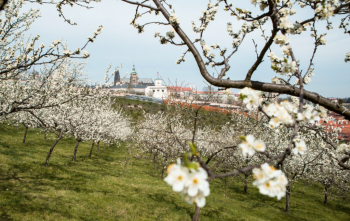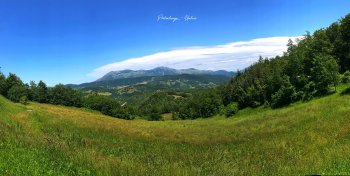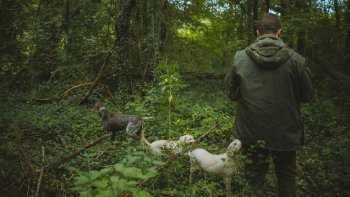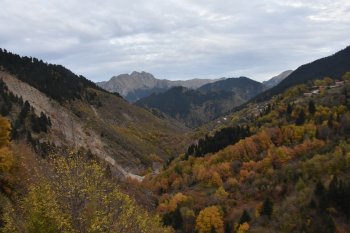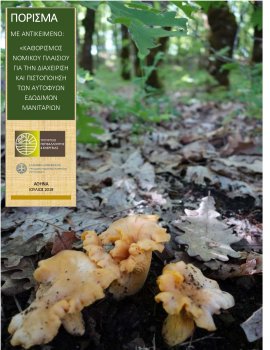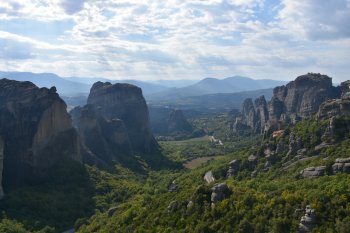Praguetruffle: connecting truffles with tourism
PragueTruffle aims to diversify the tourism offer in Prague, which represents one of the most famous tourist destinations around the world. The initiative provides a truffle (species: Tuber aestivum) hunting demonstration (with a dog) in the Petřín Park, that offers one of the best views of Old Town Prague. In addition to this experience, PragueTruffle customers receive contextual information about truffles as well as about Prague history, followed by a truffle dish in a luxury restaurant with a gorgeous view of Prague. At the end, the clients can take a fresh truffle as a gift...

